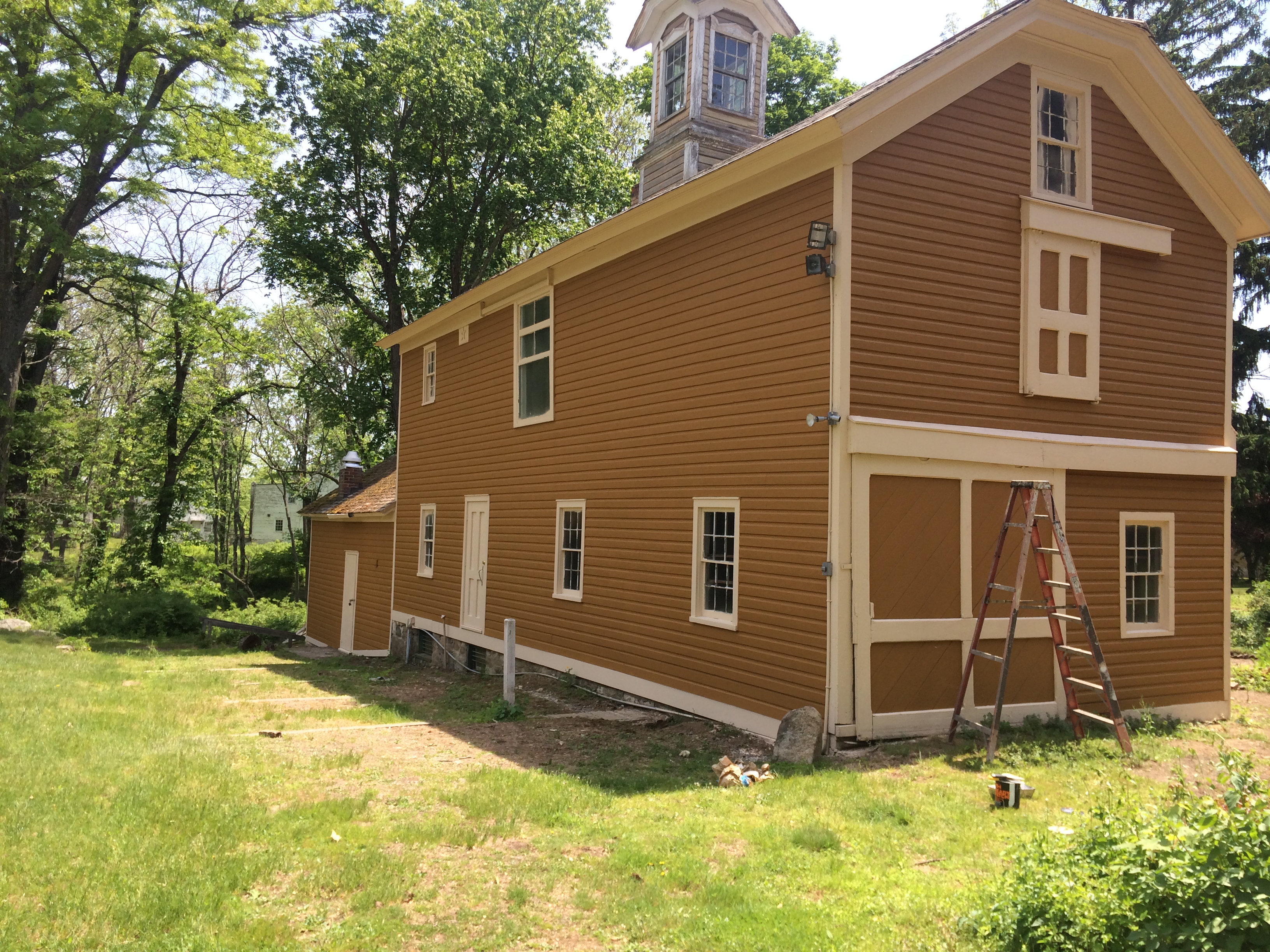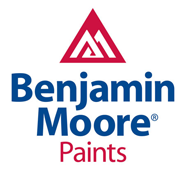A Flawless Finish Every Time: What is Electrostatic Painting?
When it comes to painting metal surfaces, achieving a smooth, durable, and factory-like finish can be a challenge. Traditional methods like brushing or rolling often leave behind streaks, drips, and uneven layers. This is where electrostatic painting emerges as a superior solution. It’s a specialized coating process that uses the principles of magnetism to apply paint with unparalleled precision and efficiency. In this method, paint particles are positively charged as they pass through the spray gun, while the metal object to be painted is grounded (given a negative charge). This creates a powerful attraction, causing the paint to wrap around the surface for a perfectly uniform coat. This technique is transforming how businesses and homeowners in Red Bank, New Jersey, approach refinishing metal fixtures, machinery, and furniture.
How the Electrostatic Process Guarantees a Superior Finish
The science behind electrostatic painting is what makes it so effective. The law of opposites attract is the fundamental principle at play. The strong attraction between the charged paint and the grounded surface is about 75 times stronger than gravity, pulling the paint directly onto the object. This ensures that even hard-to-reach areas, complex shapes, and the reverse side of surfaces are evenly coated, an effect known as “wrap-around.” Because the paint is drawn directly to the metal, there is minimal overspray, making the process cleaner, more efficient, and better for the environment by reducing waste and airborne particles. This high transfer efficiency, often exceeding 95%, means more paint on the target and less in the air.
Key Advantages of Professional Electrostatic Coating
Unmatched Durability
The electrostatic bond is incredibly strong, creating a hard, resilient finish that resists chipping, peeling, and corrosion, significantly extending the life of your equipment and fixtures.
Factory-Quality Appearance
The process yields a smooth, even coating free of brush marks or drips, mimicking a finish applied in a factory setting. This is ideal for refreshing the look of architectural elements or machinery.
Efficiency and Speed
Electrostatic painting is a fast application method that often requires fewer coats. Since it can be done on-site with minimal overspray, it dramatically reduces project downtime for businesses.
Cost-Effectiveness
While the initial investment might be higher than traditional methods, the long-term savings are substantial due to reduced paint waste, lower labor costs, and superior durability that requires less frequent repainting.
The Electrostatic Painting Process: A Step-by-Step Look
Achieving a perfect electrostatic finish requires precision and expertise. Here’s a look at the typical steps professionals like Spectra Painting follow:
- Surface Preparation: This is the most critical step. The metal surface must be thoroughly cleaned of all dirt, grease, and rust. For previously painted items, old paint is removed and the surface may be sanded to ensure proper adhesion. Our sandblasting services are often used for optimal preparation.
- Masking and Protection: Any areas not intended for painting are carefully masked off. Although overspray is minimal, surrounding surfaces are protected.
- Grounding the Object: A grounding wire is securely attached to the metal object. This creates the negative charge necessary for the electrostatic attraction.
- Paint Application: The specialized paint is given a positive charge within the electrostatic spray gun. As the paint is sprayed, the charged particles are magnetically drawn to the grounded surface, wrapping around it for complete coverage.
- Curing: The paint dries quickly to form a hard, durable finish. The painted items can often be returned to service almost immediately, minimizing disruption.
Electrostatic vs. Traditional Painting Methods
| Feature | Electrostatic Painting | Traditional Painting (Brush/Roller/Spray) |
|---|---|---|
| Transfer Efficiency | Up to 98%—minimal waste. | Low to moderate (40-70%)—significant overspray and waste. |
| Finish Quality | Smooth, uniform, factory-like finish with no marks. | Prone to drips, brush strokes, and uneven layers. |
| Coverage | Excellent “wrap-around” coverage on complex shapes. | Difficult to cover hard-to-reach areas evenly. |
| Durability | Highly durable and resistant to chipping/peeling. | Less durable, requires more frequent maintenance. |
Ideal Applications for Electrostatic Painting
The versatility of electrostatic painting makes it the perfect choice for a wide array of projects across different sectors. From large-scale industrial jobs to detailed residential work, this technique delivers superior results.
- Commercial Properties: Perfect for metal door frames, elevator doors, window mullions, lockers, bathroom partitions, and office furniture. See how our commercial painting contractors can transform your space.
- Industrial Facilities: Ideal for machinery, equipment, pipes, storage tanks, and structural steel, providing a protective coating that withstands harsh conditions.
- Residential Projects: Excellent for wrought-iron fences, gates, railings, metal patio furniture, and appliances. It’s a key part of our residential painting services.
- Historic Restoration: For metalwork on historic buildings, electrostatic painting provides a durable, smooth finish that preserves architectural integrity. This complements our specialized historic restoration services.
Your Trusted Electrostatic Painting Experts in Red Bank, NJ
For property managers and homeowners in Red Bank and across New Jersey, choosing the right contractor is crucial. Since 1989, Spectra Painting has delivered high-quality, specialized coating services. Our expertise in electrostatic painting ensures minimal disruption to your operations and a finish that is both beautiful and long-lasting. We understand the unique needs of our local clients and are committed to protecting and enhancing your valuable assets with precision and professionalism.
Ready for a Flawless, Durable Finish?
Transform your metal surfaces with the power and precision of electrostatic painting. Contact the experts at Spectra Painting today to discuss your project and receive a free, no-obligation quote.
Frequently Asked Questions (FAQ)
What surfaces can be painted with electrostatic technology?
Electrostatic painting is designed primarily for conductive surfaces, making it ideal for all types of metal, including steel, iron, and aluminum. Certain plastics can also be coated using a conductive primer.
Is electrostatic painting safe?
Yes, when performed by trained professionals. Experts use specialized equipment and follow strict safety protocols, including proper grounding and ventilation, to ensure a safe process.
How long does electrostatic paint take to dry?
Drying times can be very fast, often in just a few minutes, allowing objects to be put back into service with minimal downtime. However, full curing time depends on the specific paint formulation and environmental conditions.
Can electrostatic painting be done on-site?
Absolutely. One of its main advantages is that it’s a mobile process. Professionals can bring the equipment to your commercial or residential property, making it perfect for items that are difficult or impossible to move.






